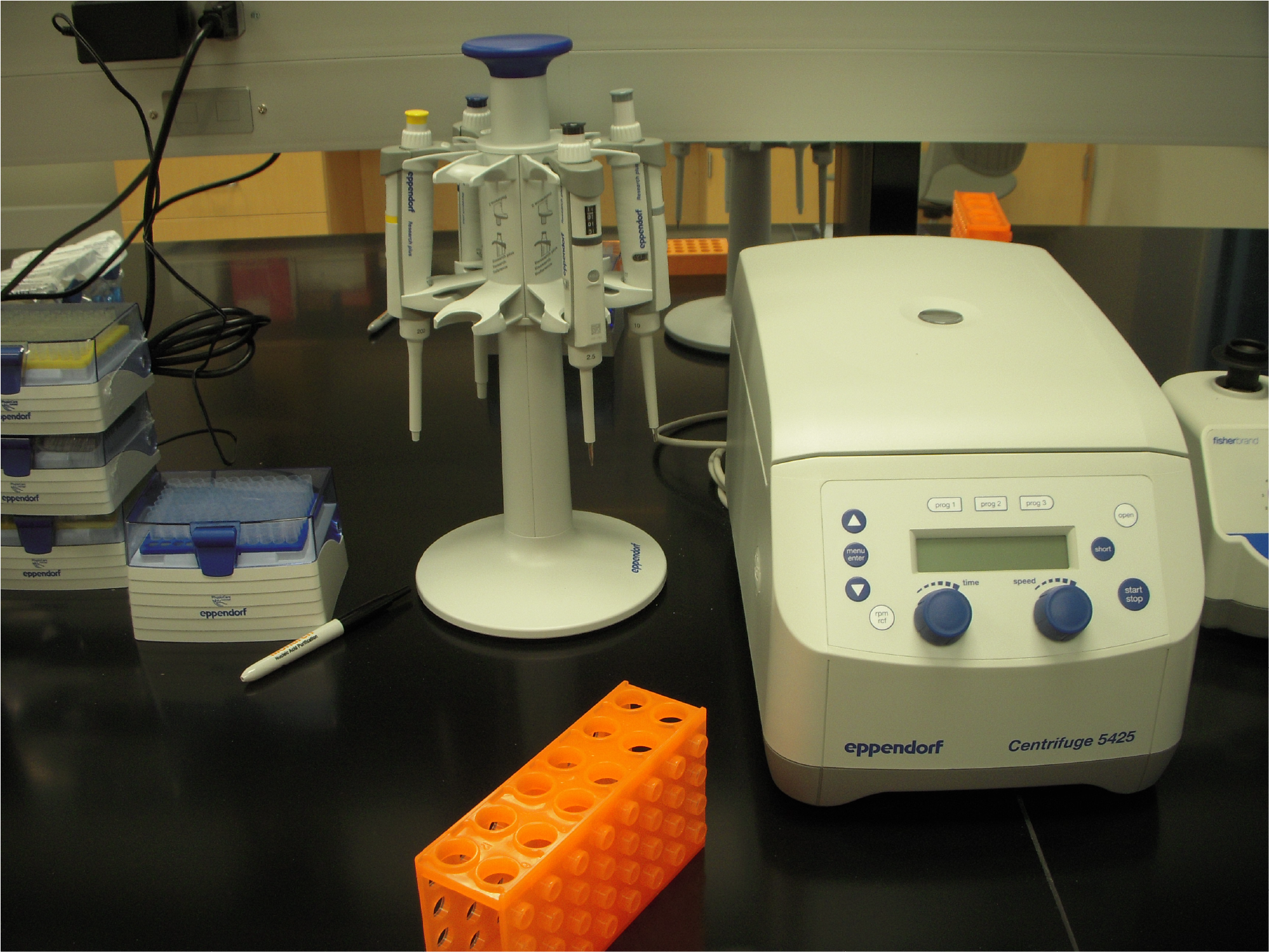12/11/20: We discussed Rafael de Cesaris Araujo Tavares, et al.’s paper from Anna Marie Pyle’s lab about RNA structure across SAR-CoV2. This paper was recently published in the Journal of Virology – The global and local distribution of RNA structure throughout the SARS-CoV-2 genome.
I knew that coronaviruses were very large. SARS-CoV-2 is nearly 30 kB long. I did not know that coronaviruses had such strong secondary structure profiles! The first figure in this paper comparing the overall structure of SARS-CoV-2 with the highly structured HCV and with human mRNA is very interesting. I have always been interested in comparing mRNAs, and mRNA regions (5’UTR, 3’UTR, etc), to one another for their degree of “structuredness”. My lab is particularly interested in mRNA structure, particularly within introns, so I’d be curious what kinds of values we see when precursor RNAs are calculated.
Tavares, et al., also show strong evidence for structure change when RNAs are removed from the genomic context to their mature form within SARS-CoV-2. Context dependent structure is very similar to what we expect when exonic mRNA sequences are spliced out of their precursor mRNA and into their mature mRNA form. Are certain types of RNA more dependent on context? How does this alter RNA binding protein interactions in the precursor and mature transcripts for SARS-CoV-2 and for human mRNAs?
The core of this paper is an analysis of in silico structure derived across this huge virus. I was surprised that the majority of predictions were performed on computationally derived structures and only at the end were previously published experimental structure values from chemical probing incorporated into structure prediction. Possibly this is because their experimental data is still at the pre-print stage. Although the structure profile of SARS-CoV-2 was roughly similar with and without experimental data there were significant differences. This is something that I would have liked the authors to expand upon more. Overall the meaning of differences between in silico, in vitro and in vivo derived structure models is unclear.
The authors discuss the concept of “RNA TADs”, which is the idea of long-range RNA structures that bring the genome together. Since SARS-CoV-2 has an RNA genome this is very similar to DNA TADs within the human genome that coordinate regions of chromatin accessibility, activation and ultimately transcriptional regulation. Although evidence for functional RNA TADs are not included in this paper this would be an interesting future avenue of research in RNA viral genome architecture.
Next week
12/18/20: We are reading Mi Seul, et al.’s paper on AGO3 structure and activity from the Nakanishi lab. Although initial publications concluded that only AGO2 of the four member human AGO family was able to cleave target mRNAs, the Nakanishi lab has shown that AGO3 contains a conserved catalytic core identical to AGO2 and is capable of cleaving target mRNAs under certain circumstances. Recently the Nakanishi lab published a follow-up paper on AGO3 activity with tyRNAs (tiny RNAs that are 14-17 nts long).
